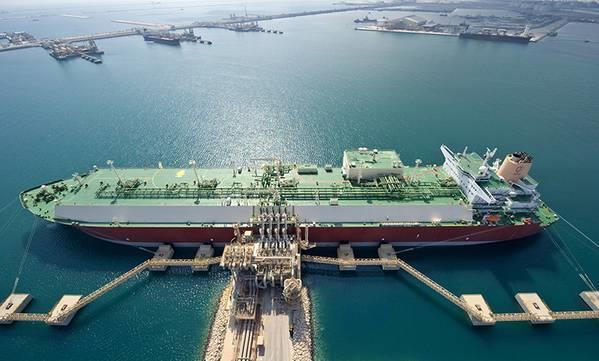
Worries that the current shortage of liquefied natural gas will persist through the middle of the decade are triggering a rush to sign long-term deals, pushing up the price of contracts for the super-chilled fuel.
While contracts had been getting cheaper over the last few years due to rising supply from Qatar and end-users favoring the more affordable spot market, the anxiety spurred by the current supply crunch has reversed the trend. There’s a lack of uncontracted gas available through 2025, which is boosting oil-indexed agreements, according to consultancy Wood Mackenzie.
“2021 saw the return of contracting activity to its highest levels over the last five years,” Valery Chow, WoodMac’s head of Asia-Pacific gas and LNG research, said in a report released Thursday. “Asia accounted for 85% of global contracts signed, with China leading the pack.”
China’s Beijing Gas Group Co. recently signed a deal to buy LNG from a portfolio player at about 12.7% to 12.9% of the price of Brent crude. By comparison, Qatar was signing supply agreements to customers in Asia’s largest economy in the low-10% range early last year.
LNG spot rates from Asia to Europe surged to records in 2021 as supply struggled to keep pace with the demand rebound from the depths of the pandemic. Importers stuck without contracted LNG supply linked to the price of oil — a practice dating back to the 1970s — were forced to pay astronomical rates to secure spot cargoes of the electricity feedstock and heating fuel.
Crude prices have been much less volatile than spot LNG benchmarks over the past year, increasing customer preference for oil-indexed deals. Contracts linked to the US Henry Hub gas index have also been gaining in popularity, due to lower prices in the U.S. and the availability of new supply. WoodMac said it expected them to stay “in vogue” in 2022.
Recommended for you
